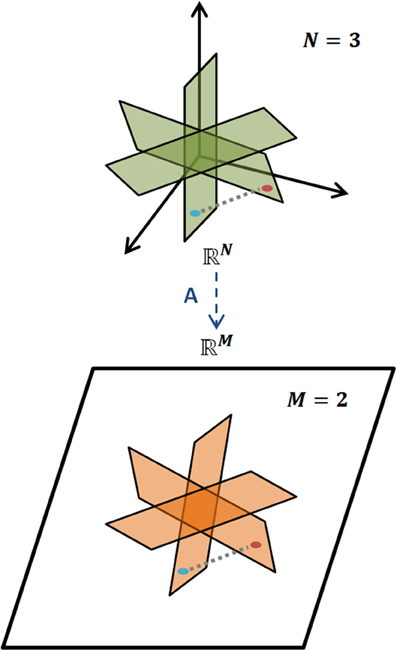STEREOCHEMISTRY
Stereochemistry,
involves the study of the relative spatial arrangement of atoms that form the
structure of molecules and their manipulation. An important branch of
stereochemistry is the study of chiral molecules. Stereochemistry
is also known as 3D chemistry because the prefix "stereo-" means
"three-dimensionality".
The
study of stereochemistry focuses on stereoisomers and spans the entire spectrum
of organic, inorganic, biological, physical and especially supramolecular
chemistry. Stereochemistry includes methods for determining and describing
these relationships; the effect on the physical or biological properties these
relationships impart upon the molecules in question, and the manner in which
these relationships influence the reactivity of the molecules in question
Stereoisomers
are isomeric molecules that have the same molecular formula and sequence of
bonded atoms (constitution), but differ in the three-dimensional orientations
of their atoms in space. This contrasts with structural isomers, which share
the same molecular formula, but the bond connections or their order differs. By
definition, molecules that are stereoisomers of each other represent the same
structural isomer. The stereochemistry is highly relevant to unnatural systems.
Finally, the study of stereochemistry can be used to probe reaction mechanisms.
Hence, understanding stereochemistry is necessary for most fields of chemistry,
making this chapter one of paramount importance.






